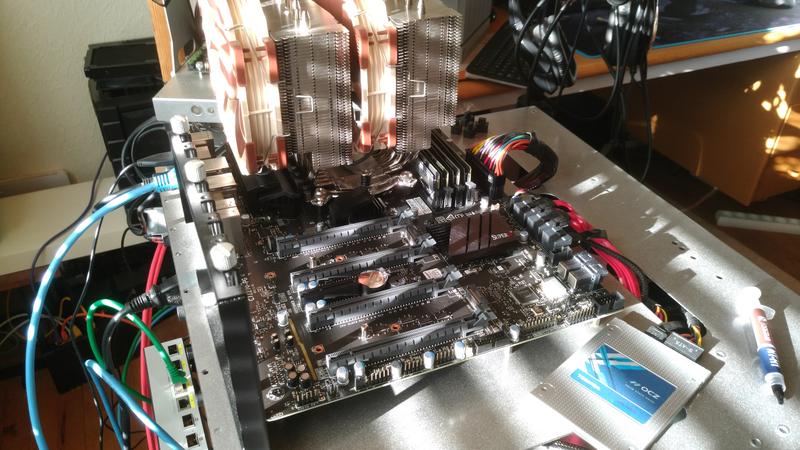Toshiba EXCERIA PRO N502 256GB V90 SDXC Card Review
Bohs Hansen / 6 years ago
Test Setup & Methodology
Data Fillage
There are many ways to test a storage drive, and we have chosen to include as many test possible while still staying relevant. We will start with a typical benchmark analysis of the formatted drive with various village scenarios. A NAND-based drive can lose performance as it fills up which is why we run our performance analysis. To see the impact it might have, the drive will be tested empty as well as with 25%, 50%, and 75% space usage. For these tests, we will be using Anvil’s Storage Utilities, AS SSD Benchmark, ATTO Benchmark, and CrystalDiskMark.
Connection
The card reader will always be connected to the newest and fastest port on the benchmark system. In this case, it’s the onboard USB 3.1 Gen.2 10Gbps port. The card reader is only capable of USB 3.0 (USB 3.1 Gen.1) though.
The settings will also be changed for better performance over easy ejection. This way, we have to remember to eject the card before we pull it or risk losing data. In return, we get a much faster performance

Hardware
- Supermicro C7Z270-PG
- Intel Core i7-7700K
- Crucial Ballistix Sport DDR4 2400MHz (4x8GB)
- Toshiba OCZ VX500 512GB SSD
- be quiet! Dark Power Pro 11 (1200W)
- Noctua NH-D15S
- Lexar Workflow SR2 UHS-II card reader
Software used:
- Anvil’s Storage Utilities
- AS SSD Benchmark
- ATTO Benchmark
- CrystalDiskMark
- Windows 10 Pro



















